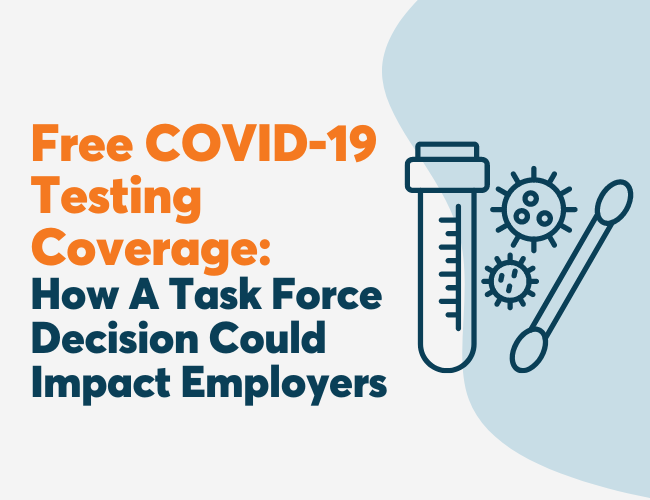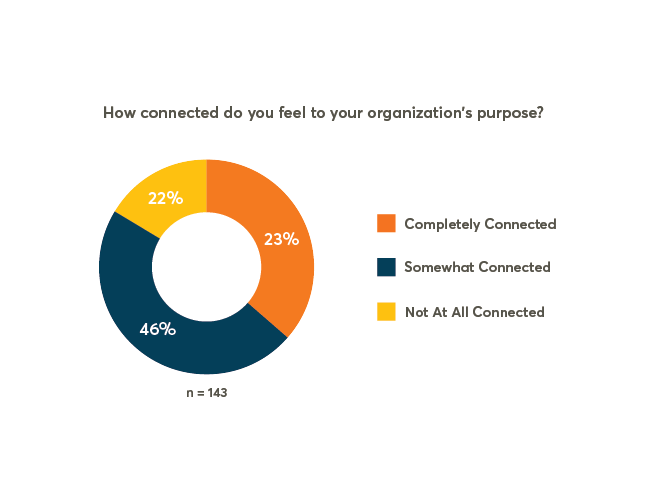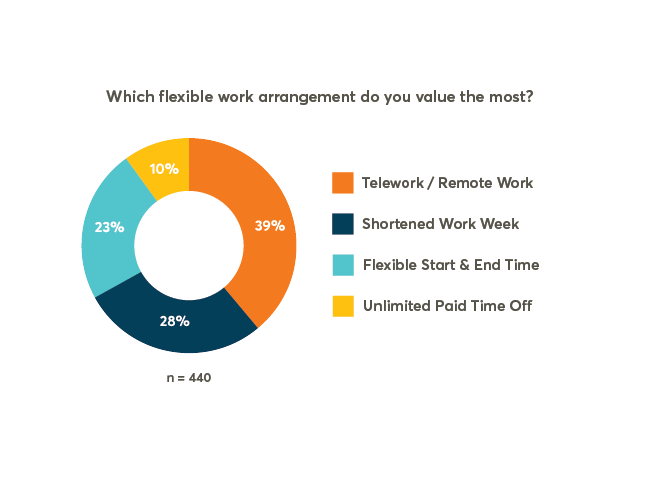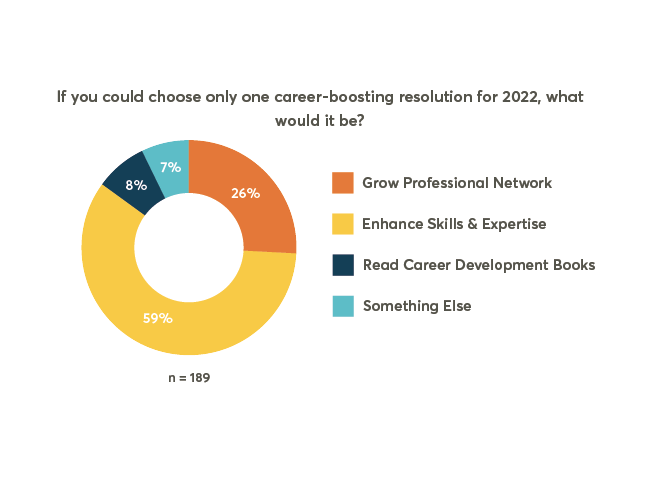Every month, Wellable asks a single question to the large, growing, and dedicated community of human resources and wellness professionals subscribed to the Wellable Newsletter. This month, Wellable asked respondents how their companies are increasing the percentage of employees who are vaccinated for COVID-19. Of the 152 individuals that Wellable polled, 35% stated that their employers are requiring vaccinations, 16% said they are offering incentives, and 48% said they are either do nothing or something else altogether.
How is your employer increasing the percentage of employees who are vaccinated for COVID-19?
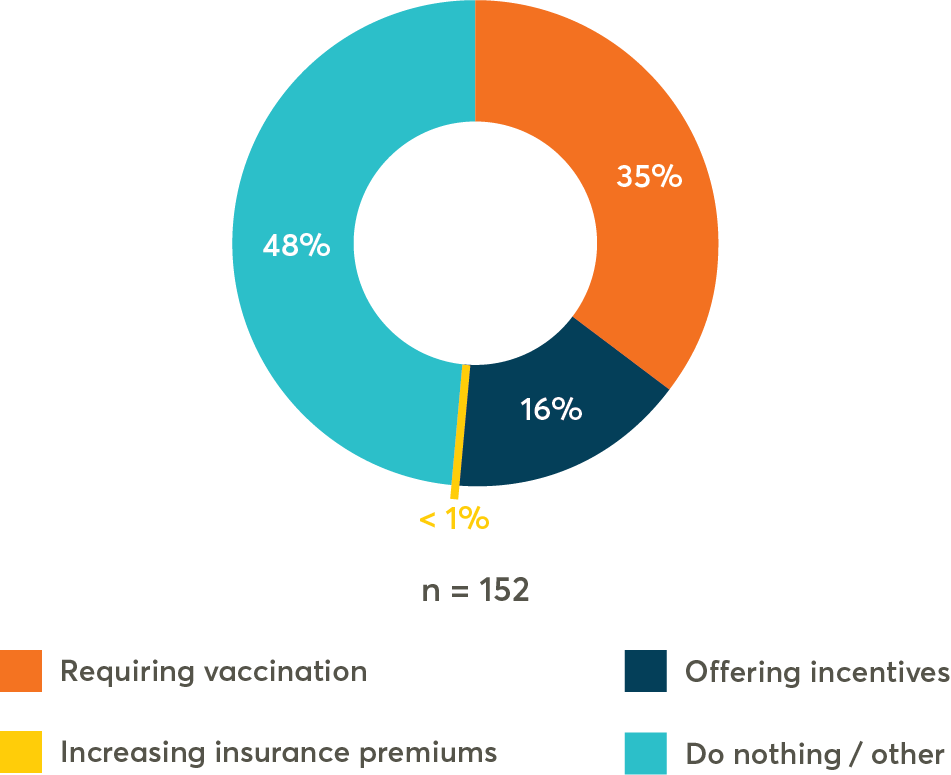
It is important to note at the outset that this poll was distributed prior to the Biden administration’s recent updated COVID-19 regulations. Were these announcements to have occurred prior to the poll, responses may have looked quite different. With that said, many important insights can be gleaned from this pre-announcement data set. These are reviewed below.
Requiring Vaccinations
Given that the consensus among experts has been that vaccine mandates are legal, one may have expected a higher percentage of respondents to indicate that their employers are mandating vaccines. However, the number of employers enacting mandates appears surprisingly high when several other significant considerations are taken into account.
For one thing, mandates may seem costly in terms of their impact on office morale. A recent Gallup poll found that employees have strong views on vaccine mandates. While 36% of respondents indicated that they strongly favor mandates, 29% said they strongly oppose them. Employers who sensed a strong anti-vaccine mandate sentiment within their ranks may have decided to forgo implementing one on that basis. Moreover, employers may have felt that the other actions available to them (e.g., incentivizing vaccines) are likely to be less disruptive or cause a backlash. With all of that in mind, what this data point really shows is that organizations are taking the safety of their employees and their role in ending this pandemic very seriously.
Offering Incentives
Only 16% of respondents indicated that their employers are offering incentives. Given that many of the organizations polled already offer wellness programs the incentivize other healthy behaviors, this number is unexpectedly low. Organizations offering incentives for other behaviors should think carefully about whether there is a relevant difference between those behaviors and vaccinations.
Increasing Premiums
Less than one percent of respondents indicated that their organizations are attempting to increase the number of vaccinated employees by increasing insurance premiums for those who remain unvaccinated.
In many ways, this option has several advantages over other methods of increasing vaccination rates. Because of a phenomenon in behavioral economics known as loss aversion, individuals are typically more motivated to avoid losing what they already have than they are to avoid gaining an equivalent amount of it. In other words, people tend to care more about losing five dollars than gaining five dollars. Since increases in insurance premiums amount to a monetary loss, they are likely to motivate employees more than a monetarily equivalent gain or reward. Moreover, premium increases are less forceful than mandates, and thus, may be less likely to give rise to outrage.
For companies with less than 100 employees, premium increases may represent a viable option. As more companies learn about it over time, it is likely to become a more popular method for increasing employee vaccination rates.
Doing Nothing/Other
This category is somewhat harder to interpret given that it includes both employers who are doing nothing and those who are doing something that is not covered by the other options. However, it seems safe to assume that many of the respondents who provided this answer intended to indicate that their employers are doing nothing. In fact, this may represent the largest percentage of respondents.
Takeaway
Though response rates would likely be different were this poll sent out today, the pre-announcement plans expressed in the responses to this poll have several important implications.
- Many organizations take increasing vaccination rates very seriously.
- More organizations may want to consider offering incentives, especially if they are already doing so for other health behaviors.
- Premium increases appear to be an underutilized option. This may change in the coming months as more employers become aware of this solution and its advantages.
- Many organizations are likely planning on doing nothing.
One key takeaway has yet to be addressed. While a surprisingly high percentage of employers were increasing employee vaccination rates through vaccine mandates, a substantial majority of organizations polled (65%) were not. Many may now be legally required to enact vaccine mandates. These companies will have to develop plans for dealing with several issues that they may otherwise have avoided. In particular, they must:
- Plan to implement the mandate in an ethical, fair, and trust-preserving way. Check out the World Health Organization’s recent guidance on these topics.
- Read up on what counts as a legitimate request for an accommodation or exemption. More detailed information can be found here.



